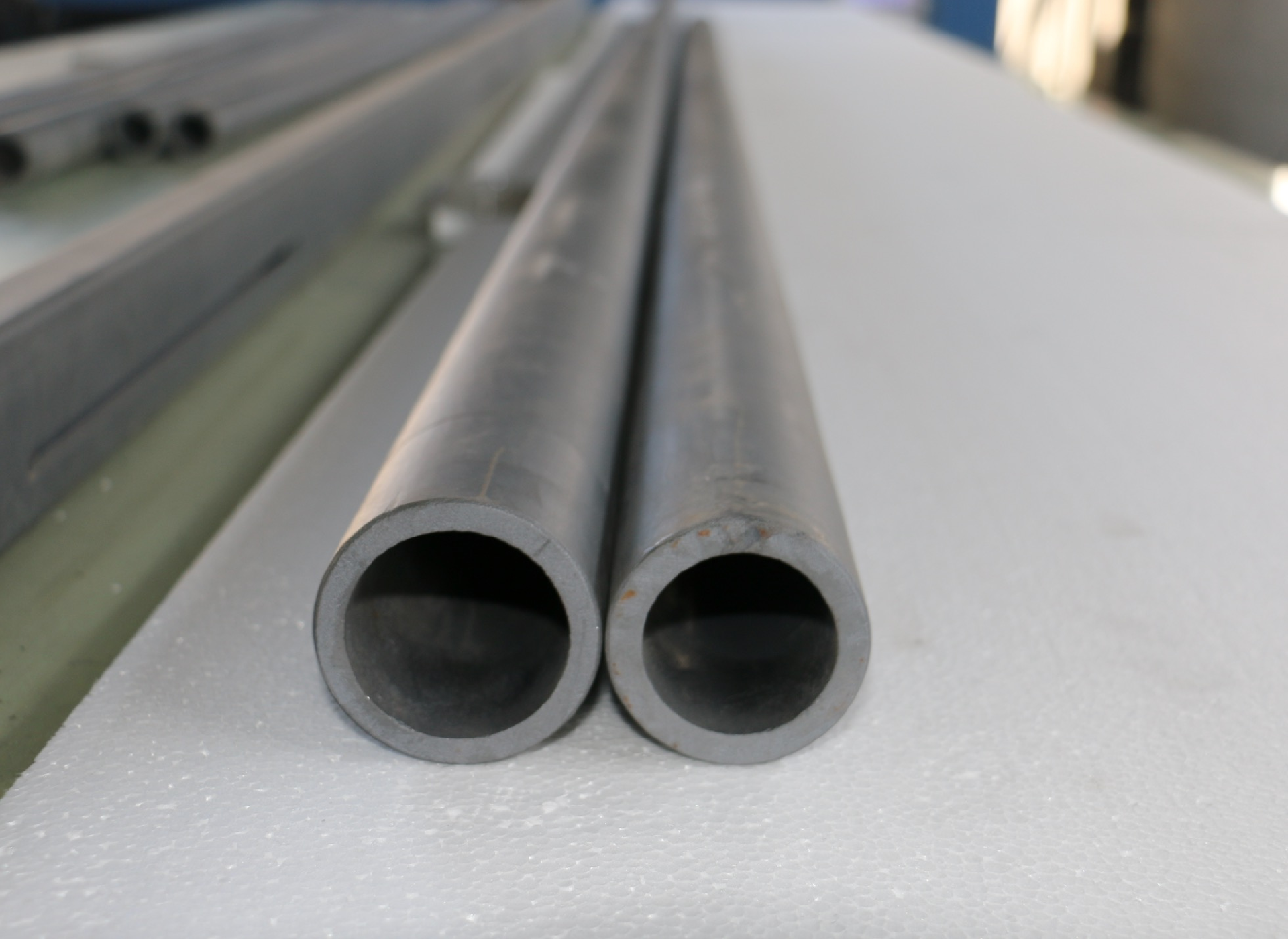Silicon carbide ceramics, also known as SiC ceramics, are widely used in various industries due to their exceptional properties such as high melting point, excellent thermal conductivity, and exceptional hardness. In this article, we will discuss the production process and methods of silicon carbide ceramics, as well as the processing involved.

The production process of silicon carbide ceramics involves several steps. The first step is the selection and preparation of raw materials. Silicon carbide powder, which is the primary raw material, is typically produced by the reaction of silica sand (SiO2) and carbon in an electric furnace at high temperatures. The resulting SiC powder is then carefully processed to achieve the desired particle size and purity.
Once the raw materials are prepared, the next step is shaping the silicon carbide ceramics. There are several methods for shaping, including pressing, slip casting, and extrusion. Pressing involves compacting the SiC powder into a desired shape using a hydraulic press. Slip casting involves creating a slurry of SiC powder and a liquid binder, which is poured into a mold and allowed to solidify. Extrusion involves forcing the SiC powder through a die to form a continuous shape. After shaping, the green bodies are usually dried to remove any remaining moisture.
After shaping, the green bodies are subjected to a high-temperature firing process known as sintering. Sintering involves heating the green bodies to temperatures above the melting point of silicon carbide, but below its decomposition temperature. During sintering, the SiC particles bond together, resulting in a dense and strong ceramic material. The sintering process can be carried out in a vacuum or in an inert atmosphere to prevent oxidation.
After sintering, the silicon carbide ceramics may undergo additional processing steps to achieve the desired properties. This may include machining, grinding, polishing, or coating. Machining involves removing excess material or shaping the ceramic using cutting tools. Grinding and polishing are used to achieve a smooth surface finish. Coating may be applied to enhance the properties of the ceramics, such as improving corrosion resistance or reducing friction.
In conclusion, the production of silicon carbide ceramics involves a series of steps, starting from the selection and preparation of raw materials to the shaping, sintering, and additional processing. Each step plays a crucial role in producing high-quality silicon carbide ceramics with exceptional properties. By understanding the production process and methods, manufacturers can optimize the manufacturing process and produce silicon carbide ceramics that meet the specific requirements of various applications.












